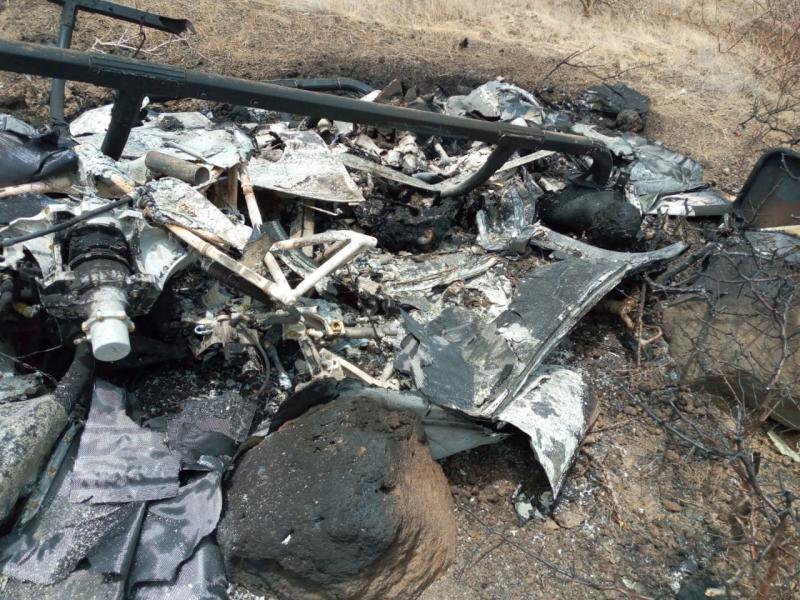×
The Standard e-Paper
Fearless, Trusted News

An investigation into the deaths of a helicopter pilot and four American tourists has offered a glimpse into the last moments of the five men.
A preliminary report obtained exclusively by The Standard of the March 3 crash reveals that the pilot, Marouis Maisiba Moganga, did not make contact with the control tower at Wilson Airport as is the norm when taking off and landing.